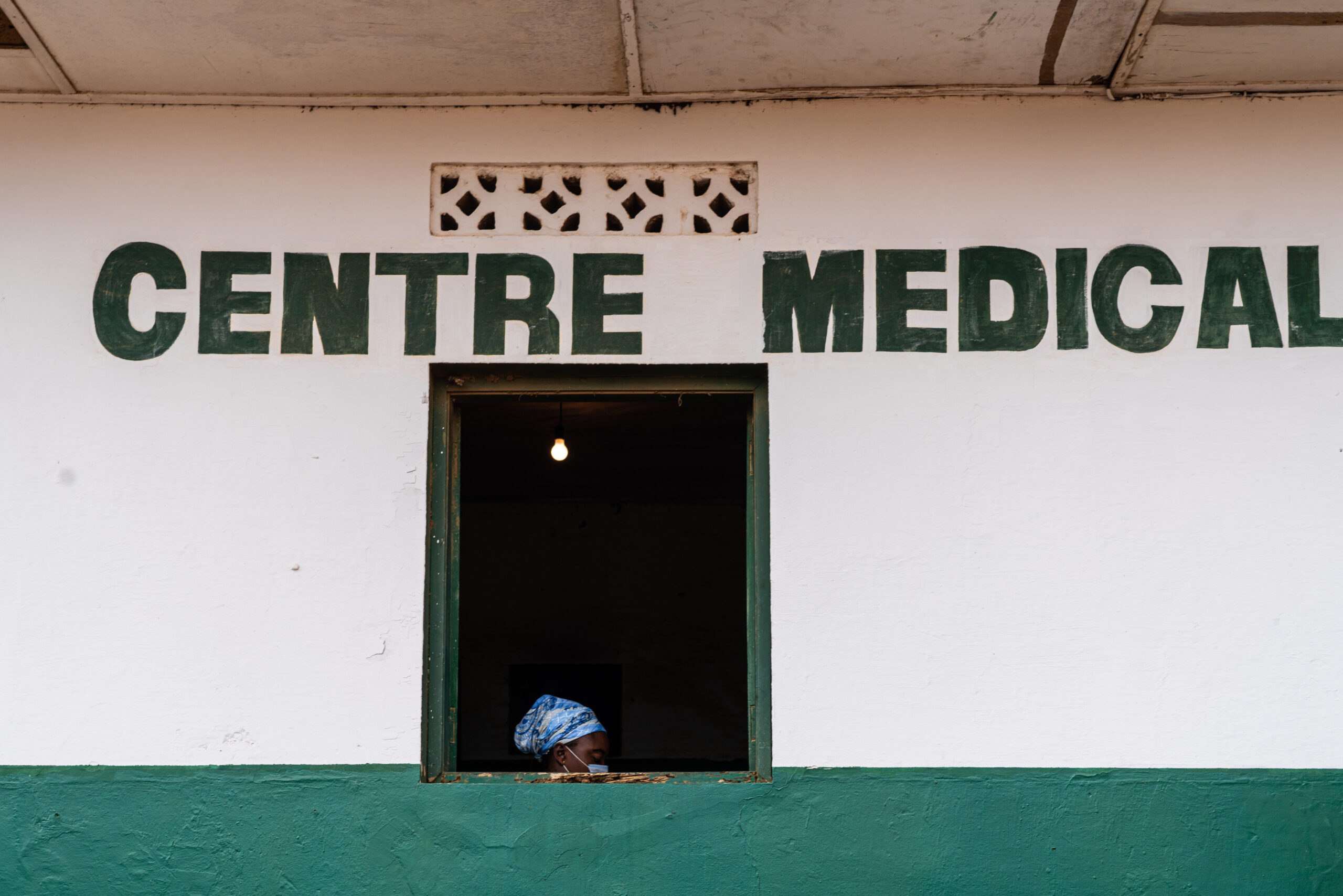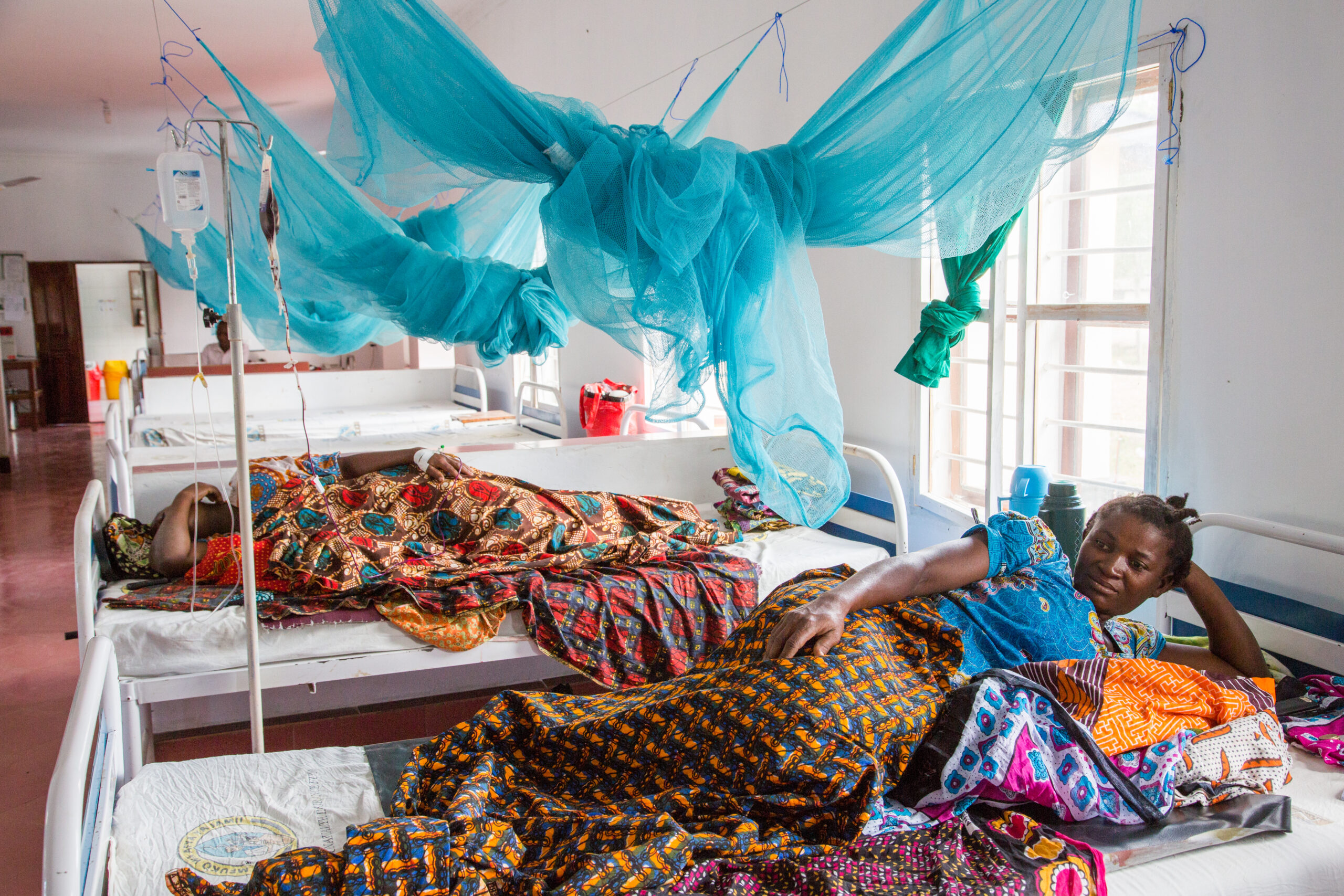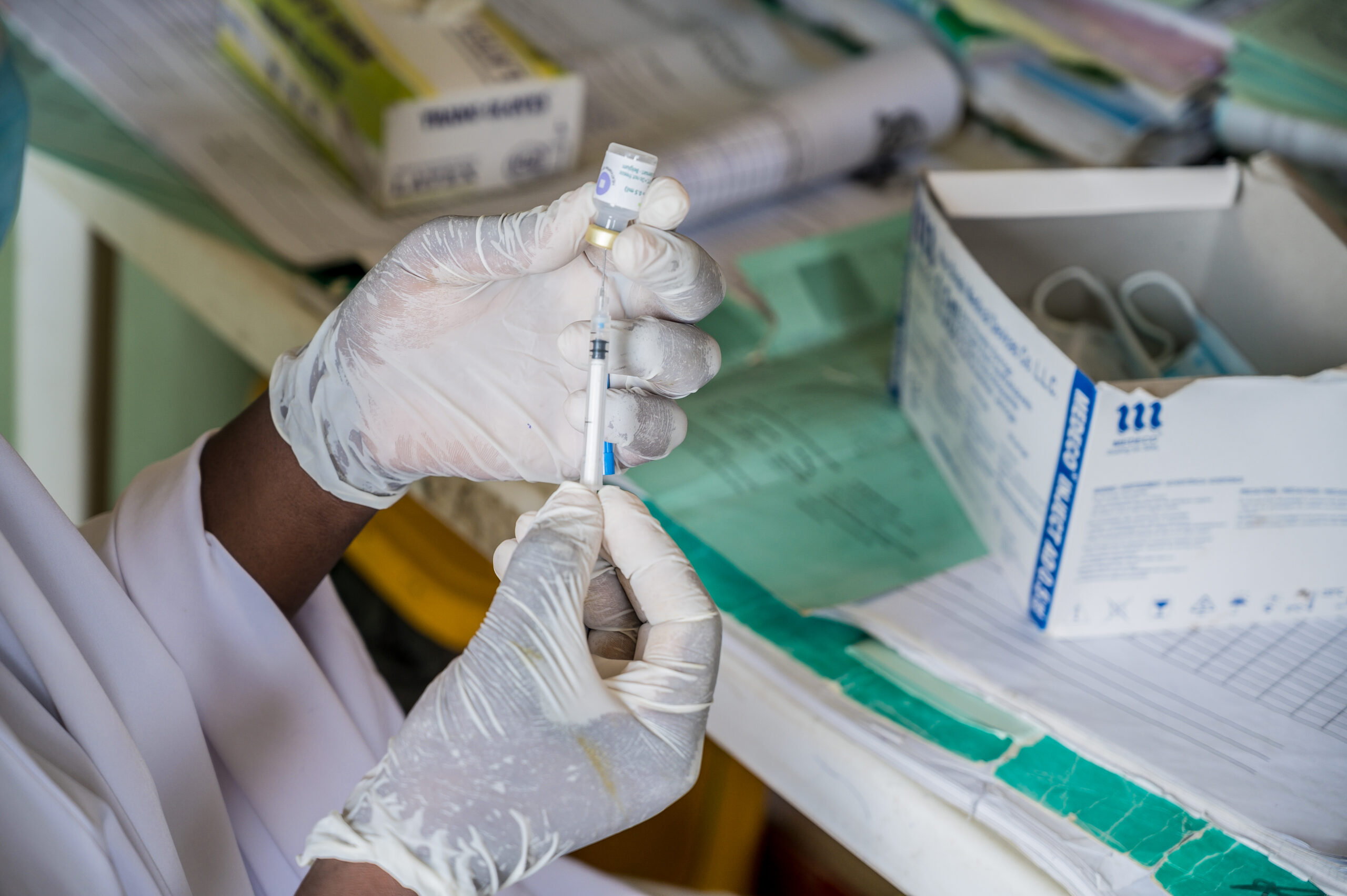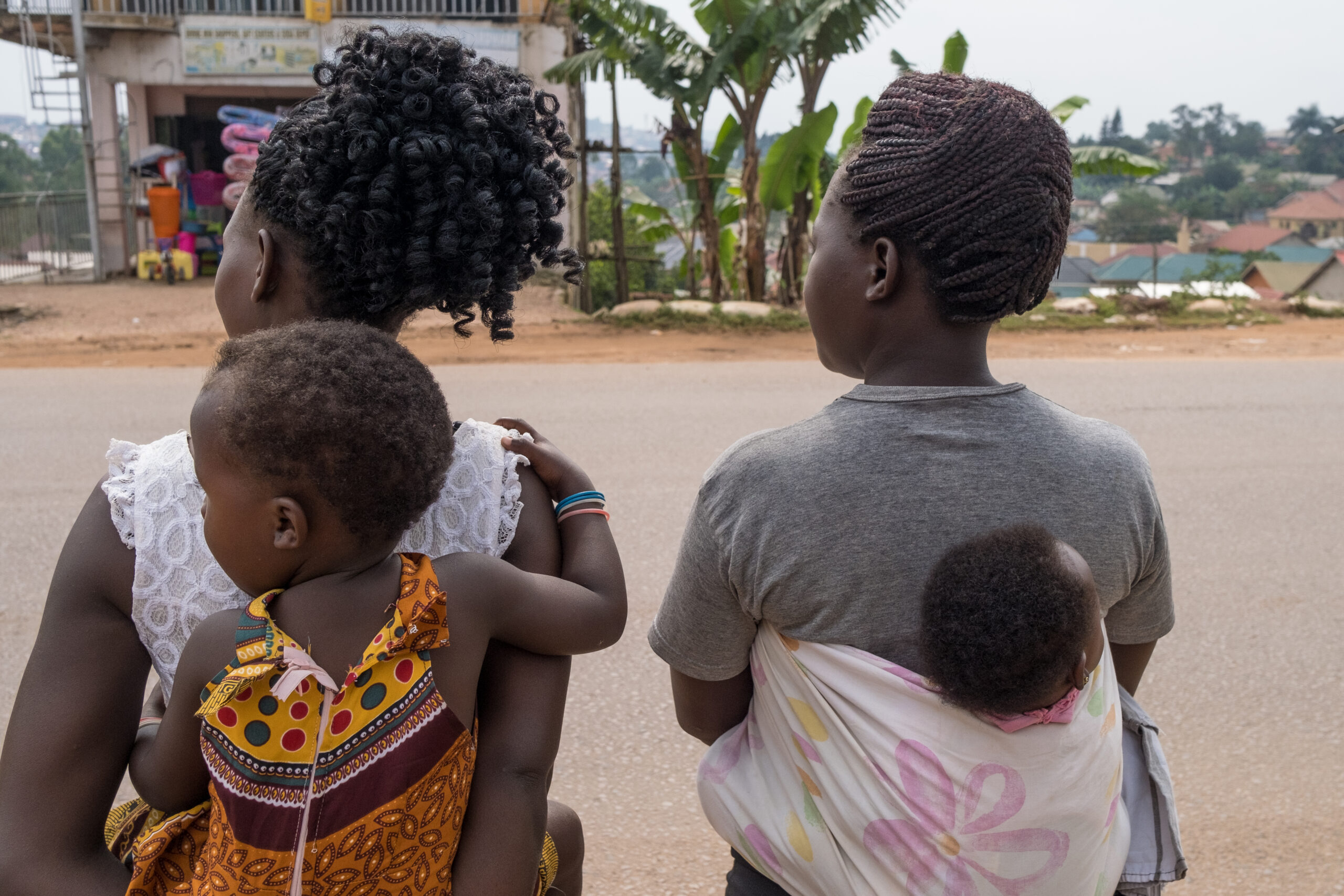The research and modeling team at IDM is focused on providing support to disease eradication programs and other global health endeavors through a variety of modeling and statistical approaches. We build mechanistic agent-based models in order to understand model assumptions and input data, examine the effects of population-level and within-host phenomena, and simulate the impact of combined interventions, especially for all phases of an eradication effort.
-

Healthcare systems & outcome surveillance
Understanding how delivery systems improve health outcomes and where they fail to do so is critical for increasing their efficiency and efficacy. All aspects of global health, from eradication efforts…
-

HIV and tuberculosis
Globally, the health burdens of tuberculosis (TB) and HIV are extremely high. TB is the second highest cause of infectious-disease deaths (behind COVID-19) and is the leading cause of death…
-

Malaria and neglected tropical diseases
Malaria is a top-ten cause of death in low-income countries, with the highest burden on children under 5. Despite significant improvement in malaria control, eradication efforts are hampered by many…
-

Modeling methodology
Mathematical models are invaluable for exploring the dynamics of infectious diseases, health delivery systems, intervention strategies, and other public health concerns. With technological advancements and the progression of AI, models…
-

Vaccine-preventable diseases
Vaccines are one of the most effective public health interventions, and an accelerating pace of innovation in vaccine development promises to deliver a broadening range of novel or improved vaccines…
-

Women’s, reproductive, infant, and child health
After years of improvement, the slowing pace of progress across many reproductive, maternal, newborn, and child health and nutrition outcomes has demonstrated that some populations are particularly challenging to reach…
Join our team!
Through our research and software development, IDM shapes global efforts to eradicate infectious disease and to achieve permanent improvements in the health of those most in need. We are proud to be an embedded research institute in the Gates Foundation, the largest nonprofit fighting poverty, disease, and inequity around the world. Founded on a simple premise: people everywhere, regardless of identity or circumstances, should have the chance to live healthy, productive lives. We believe our employees should reflect the rich diversity of the global populations we aim to serve.

